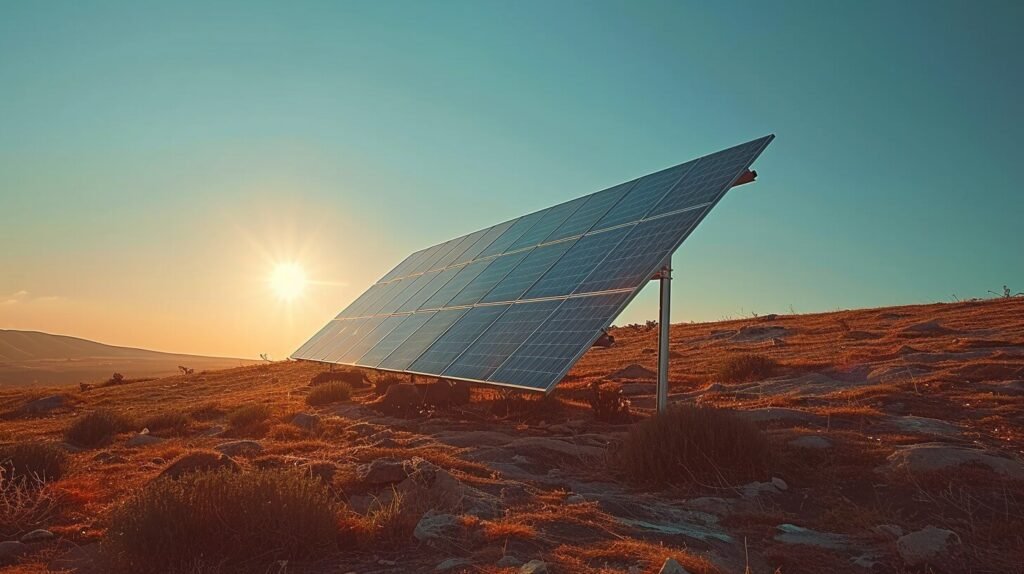
Hey there, fellow camping enthusiasts! Are you ready to harness solar energy and take your outdoor adventures to the next level? If you’ve been thinking of incorporating solar into your camping setup, While having the top solar chargers, solar power banks, solar backpacks, solar GPS trackers, solar cookers, and solar or gas generators, you’re in for a treat.
In this guide, we’re going to dive deep into the world of optimal solar panel positioning for camping. Trust me, with a few simple tricks up your sleeve, you’ll be powering your devices like a pro and enjoying the great outdoors without worrying about running out of juice.
Table of Contents
- Introduction
- Understanding Solar Energy and Portable Panels
- The Benefits of Solar Power for Camping
- Factors Affecting Solar Panel Efficiency
- Tips for Optimal Solar Panel Positioning While Camping
- Common Mistakes to Avoid
- Recommended Portable Solar Panels for Camping
- Real-Life Examples: Campers’ Success Stories
- Frequently Asked Questions
- Conclusion
What are the Best solar panel positioning?
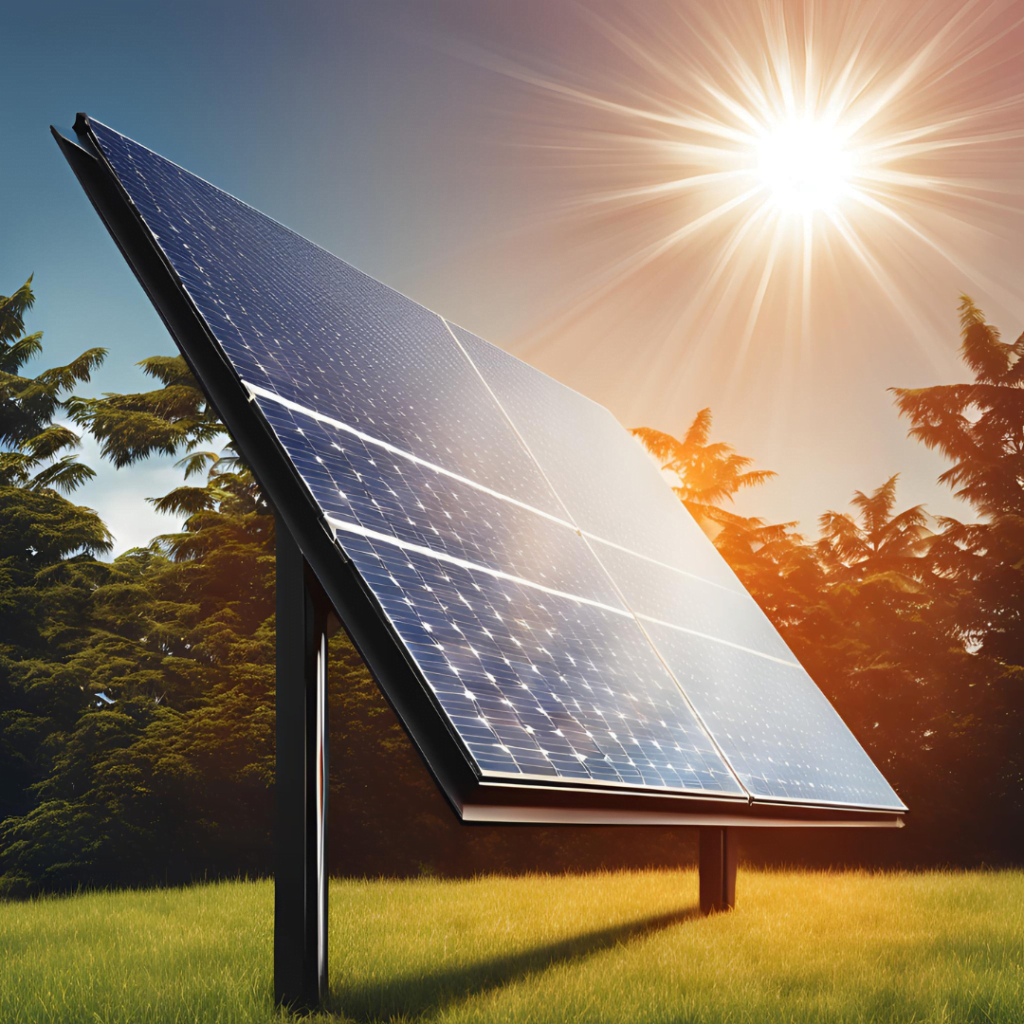
Alright, before we get into the nitty-gritty of positioning, let’s take a quick moment to understand how these wonderful devices work. Don’t worry; I promise not to get too technical on you!
Let’s see solar energy as the natural way of giving us free electricity. This is how it works in brief:
- The sun sends out packets of light energy in the form of photons. (Imagine them as small pieces of sunshine!)
- Our solar panels have unique cells called photovoltaic cells, which are excited on receiving these photons.
- This excitation makes electrons in the cells mobile, producing an electric current.
Voila! Now, we have electricity which we can use in powering our devices or store in batteries for future consumption.
Now, solar camp panels are essentially cool, adventurous cousins of those massive solar panels that you might have noticed on someone’s rooftop. They’re designed to be lightweight, typically foldable, and simple in portability. Ideal for powering our smartphones, tablets, cameras, and other devices when they’re in the great outdoors.
The Benefits of Solar Power for Camping
Before we delve into the positioning techniques, let’s talk about why solar power is such an excellent choice for camping:
Eco-Friendly: Harnessing solar power, we’re lowering our carbon footprint and working to maintain the stunning natural scenery that we’re lucky enough to explore.
Cost-Effective: Solar panels, though with an initial cost, pay for themselves in the long term, on generator and battery fuel.
Noise-Free Operations: Solar panels are noise-free since they produce no sound, as opposed to generators.
Low Maintenance: Solar panels need very little care once they are installed – just clean them, and they’ll keep on going!
Versatility: From small panels for recharging phones to big setups for powering camp fridges, a solar solution is available for all types of camping.
Independence: Solar removes the constraint of campgrounds with electric hookups. The great outdoors is now your campsite!
Factors That Influence Solar Panel Efficiency
Now that we’re all energized about solar panels, it is time to talk briefly about factors that determine just how well our panels perform. These are important factors for optimal placement of solar panels when out camping:
Sunlight Intensity: This is a no-brainer – the more sunlight your panel gets, the more it can produce. Your panel is a sun worshipper; it just loves getting those rays!
Panel Angle: The angle of your panel is going to have a gigantic influence on how much sunlight it can collect. Don’t worry, we’ll get into optimal angles later on, but know that a panel laid flat is not always best.
Time of Day: The position of the sun changes during the day, consequently altering the optimal position for panels, too. The morning position of the sun is not the same as in the afternoon!
Season: The position of the sun relative to your location on Earth varies during the year.
What is best for you during the summer may need adjustment for a winter camp.
Clouds, fog, and even air pollution will all decrease how much sunlight your panel receives. Although nothing can be done regarding the weather, there is something we can do in our setup in order to utilize it best.
Geographical Area: Where on Earth you are determines where and how intense the sun is. Camping in Alaska is going to be very different from Florida!
Partial shading of your panel can reduce its output by a significant amount.
How to avoid it is something we can discuss later.
Keep these factors in mind as we continue with our guide on panel positioning.
The better you understand what affects your panel’s performance, the better your job of finding that sweet spot for maximum power production! Better you’ll be at finding that sweet spot for maximum power generation!
Tips for Optimal Solar Panel Positioning While Camping
Alright, fellow campers, it’s time for the main event! Let’s dive into some practical tips that will help you become a solar panel positioning pro:
1. Face the Right Direction
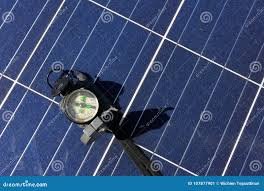
Solar panel installation surrounding campsite
Let’s first make sure our panels are in the correct direction. The following are some things you should know:
If you are in the Northern Hemisphere as we are here in North America, Europe, and Asia, aim your panels true south. That gives your panels maximum daily sunlight exposure.
If you’re in the Southern Hemisphere (g’day, Australia and South America!), your panels should be facing in the direction of true north.
Wait, but how does one determine true south (or north)? Here are some ways:
Use a compass or a compass app on your phone. Magnetic south is not true south, but it’s close enough for our purposes.
Search for moss on trees – in the Northern Hemisphere, more trees on the north side have moss.
If you are technologically inclined, there are even programs that are designed to help position solar panels.
Pro Tip: Portable solar panels that include a compass, make installation a piece of cake.
2. Adjust the Angle
Now that we’re facing the right direction, let’s talk about tilt. The ideal angle for your solar panel depends on your latitude, but don’t worry – you don’t need to be a geography whiz to get this right. Here are some general guidelines:
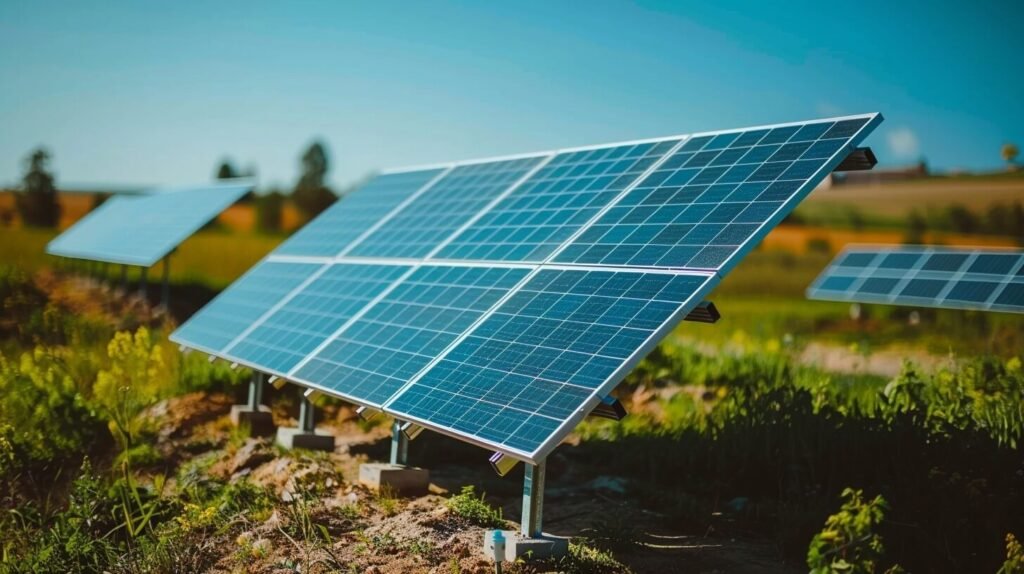
- Summer: Tilt your panel at an angle equal to your latitude minus 15°
- Winter: Tilt your panel at an angle equal to your latitude plus 15°
- Spring/Fall: Tilt your panel at an angle equal to your latitude
For example, let’s say you’re camping near Chicago, which has a latitude of about 42°:
- In summer, you’d aim for a tilt of about 27° (42° – 15°)
- In winter, you’d go for about 57° (42° + 15°)
- In spring or fall, stick close to 42°
Don’t stress if you can’t get the angle exactly right – these are guidelines, not strict rules. The key is to adjust your panel so it’s roughly perpendicular to the sun’s rays.
3. Avoid Shadows Like the Plague
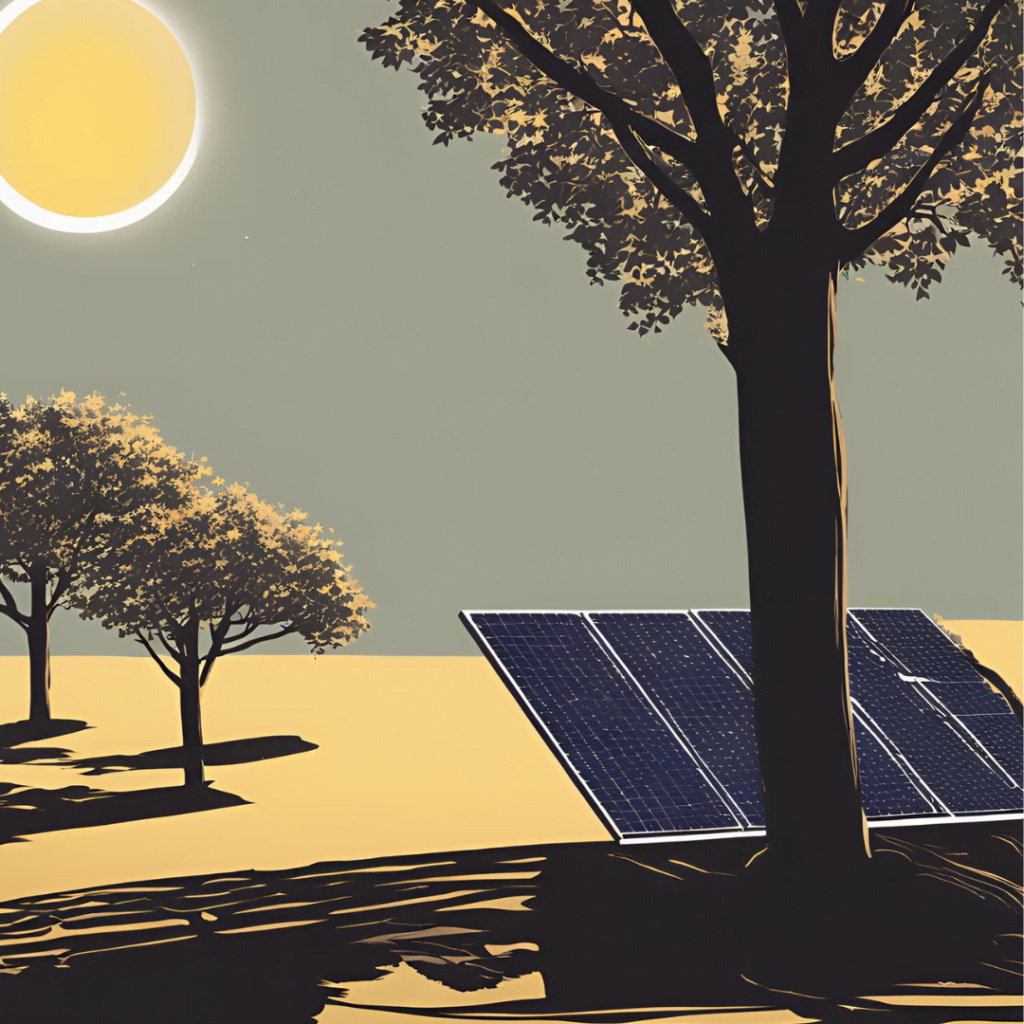
Even a small shadow can put a big dent in your panel’s output. It’s like putting sunglasses on your solar panel – not great for soaking up those rays! Here’s how to keep your panel shadow-free:
- When setting up camp, look for an open area away from trees, buildings, or other tall objects.
- Think about the sun’s path throughout the day. A spot that’s sunny in the morning might be in the shade by afternoon.
- If you’re using multiple panels, make sure they’re not casting shadows on each other.
- Keep an eye out for less obvious sources of shade, like guy lines from your tent or even tall grass.
4. Be a Sun-Chaser: Adjust Throughout the Day
For maximum efficiency, channel your inner sunflower and follow the sun’s path across the sky. If you’re at camp all day and want to squeeze out every last watt of power, try adjusting your panel’s position 2-3 times:
- Morning: Face east-southeast
- Midday: Face south (or north in Southern Hemisphere)
- Afternoon: Face west-southwest
I know, I know – you’re camping to relax, not to constantly fuss with your solar panel. If you don’t want to worry about adjusting all day, just position your panel for midday sun and you’ll still get great results.
5. Embrace Technology: Solar Trackers
For those of you who love gadgets (and maximum efficiency), consider a solar tracker. These nifty devices automatically adjust your panel’s position throughout the day, following the sun like a high-tech sunflower. While they’re not necessary for most casual campers, they can boost your panel’s output by up to 30%.
If you’re interested in taking your solar game to the next level, check out this
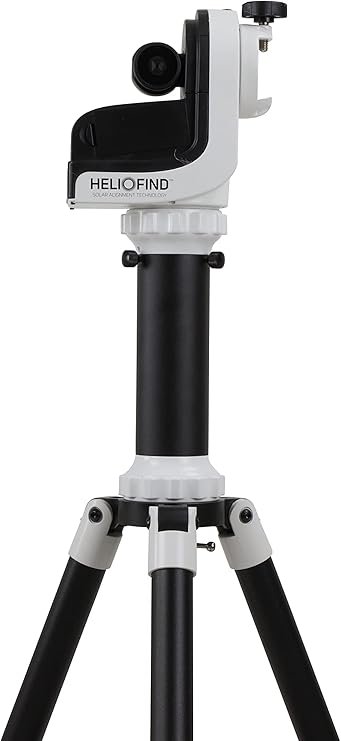
6. Keep it Clean
This one’s simple but often overlooked – keep your panel clean! Dust, dirt, pollen, and even bird droppings can reduce your panel’s efficiency. Pack a soft cloth and give your panel a gentle wipe-down if it gets dirty. Think of it as giving your panel a spa day – it’ll thank you with better performance!
7. Plan for Your Power Needs
Before your trip, think about how much power you’ll actually need. Are you just charging a phone and a camera, or are you running a camp fridge? Knowing your power requirements will help you choose the right size panel and position it for optimal output.
Remember, it’s always better to have a bit more power than you need rather than not enough!
Common Mistakes to Avoid
Overlooking Local Conditions: Don’t just set it and forget it! Be interested in your site’s distinct conditions.
Remember, a flat panel is not always best. Spend a moment compensating for your location and for your time of year.
Low Estimate of Shade: This small branch does not look like a large problem, but even a fraction of shade can significantly reduce your panel’s efficiency.
Forgetting to Shift: The sun is moving, so your panel should too! If you’re staying out all day at camp, try relocating your panel position once or twice.
Forgetting Maintenance: A dirty panel is an ineffective panel. Clean it off with a cloth from time to time to maintain it in top form.
Overestimating Output: Be realistic in estimating your panel’s capacity for generating electrical output, especially in cloudy or unfavorable conditions.
Incorrect storage: Store your panel properly when unpacking in a manner that does not scratch or damage it. All panels come with protective cases – use them!
Click to know the guide to set up your solar panel systems for you campsite
Recommended Portable Solar Panels for Camping
Now that you’re a solar positioning expert, you might be wondering which panel to choose. Here are some top-rated options for different camping styles:
- Jackery SolarSaga 100W Foldable Solar Panel (click to view) – Great for larger power needs or group camping trips. It’s foldable for easy transport and sets up in minutes.
- BougeRV 50W Lightweight Panel(click to view) – Perfect for backpackers or those who want to travel light. Weighing just a few pounds, it won’t weigh you down on the trail.
- SunJack 25W Ultra-Portable Panel (click to view) – Ideal for charging small devices like phones and tablets. It’s compact enough to clip onto your backpack for on-the-go charging.
Remember, the best panel for you depends on your specific needs and camping style. Don’t be afraid to start small and upgrade as you get more comfortable with solar power!
Frequently Asked Questions
Q: Do I need direct sunlight for my solar panel to work?
A: While direct sunlight is ideal, solar panels can still generate some power on cloudy days. They’re just less efficient, so you might need to adjust your power usage accordingly.
Q: How do I know if my solar panel is working efficiently?
A: Many portable solar panels come with built-in meters or can be connected to power banks with displays showing input. If you’re not seeing the output you expect, try adjusting the position or checking for shade.
Q: Can I use my solar panel in the rain?
A: Many portable solar panels are water-resistant, but always check the manufacturer’s specifications. Even if your panel is waterproof, remember that heavy cloud cover will reduce its efficiency.
Q: How long does it take to charge devices with a solar panel?
A: This depends on your panel’s wattage, the device you’re charging, and the available sunlight. As a rough guide, a 25W panel in good sunlight might charge a smartphone in 2-3 hours.
Conclusion
Congratulations! You’re now equipped with all the knowledge you need to master optimal solar panel positioning for camping. Remember, the key to successful solar power use while camping is a mix of planning, adaptability, and a little bit of sun-worshipping!
Don’t be afraid to experiment with different positions to find what works best for your specific camping location and needs. With practice, you’ll become a pro at finding that sweet spot that keeps your devices charged and your camping experience powered up.
So, the next time you’re out in the great outdoors, take a moment to appreciate the incredible technology that allows us to harness the power of the sun. Not only are you keeping your devices charged, but you’re also camping in a more environmentally friendly way. That’s something we can all feel good about!
Now, go forth and bask in the glory of perfectly positioned solar panels. Happy camping, and may the sun be ever in your favor!



